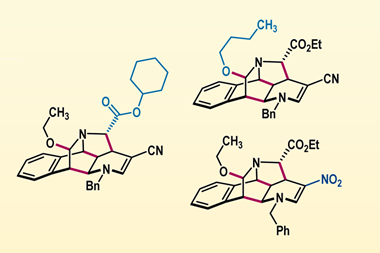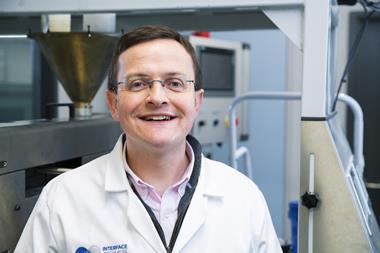Using metal-based molecules to make nanocrystals electrically conductive could lead to new nanocrystal materials
American chemists have developed an ’electronic glue’ to link nanocrystals together - allowing groups of the crystals to be highly conductive. Since nanocrystals have unique optical and electrical properties, this research could provide some exciting new materials for use in light-emitting devices or solar cells.
Nanocrystals are crystalline nanoparticles of metals ranging from cadmium to silicon, and can be grown with precisely controlled size and shape. But despite their exciting range of optical properties, they have found few applications so far.
’The problem is getting the crystals to ’talk’ to one another,’ says Maksym Kovalenko, lead author on the project at the University of Chicago, US, ’And this problem arises from the way the crystals are made.’
Organic ligands are used to control and stabilise nanocrystals during their synthesis, Kovalenko explains, which results in the crystals being sandwiched between layers of insulating material. Although individual nanocrystals are semiconducting and have found niche applications - such as in making quantum dots or acting as fluorescent biological markers - electrical charge is restricted from passing through larger groups.
Instead of using organic ligands, Kovalenko’s team discovered that some metal chalcogenide complexes can work the same way but do not shield the crystals from the transfer of electrical charge. In one example, the team used a ligand exchange process to switch the organic ligands on gold nanocrystals for a tin sulphide complex of Sn2S64-.
The mixture was then heated gently, which left a tight honeycombed structure of gold nanoparticles surrounded by charge-heavy ligands - creating a highly conductive solid material. Other crystals and complexes are also under investigation by the team, who are confident that this technique can be applied to many other systems.

’Using metal chalcogenide complexes is equivalent in all key aspects to conventional organic molecules - judging by stability and processability - but they give a huge improvement in electronic coupling,’ Kovalenko told Chemistry World. ’We hope this will be beneficial for making novel electronic materials for photovoltaic cells or thermoelectrics, and we are currently exploring these ideas.’
’A common problem with using nanocrystals to make materials for solar cells or transistors is that the properties are dominated by the ligands, rather than the particles,’ says Thomas Nann, an expert in nanomaterial synthesis at the University of East Anglia, UK. ’This is a major breakthrough, as it allows the exciting electronic properties of nanoparticles to be fully exploited.’
Lewis Brindley
References
M V Kovalenko et al, Science, 2009. DOI: 10.1126/science.1170524






No comments yet